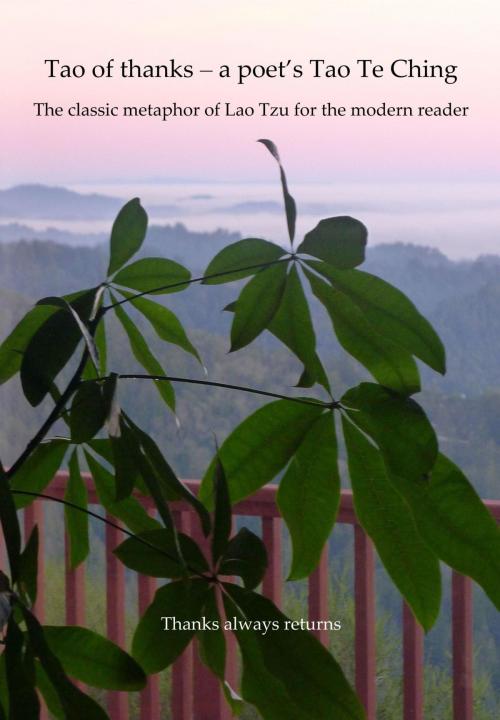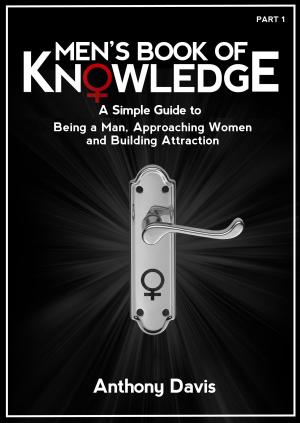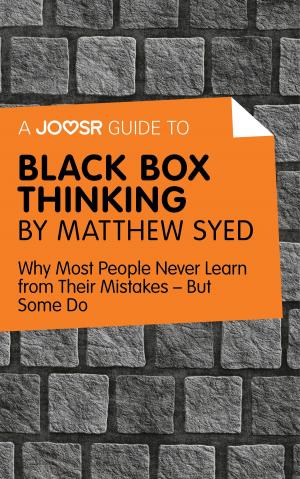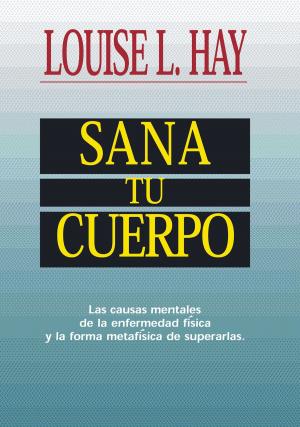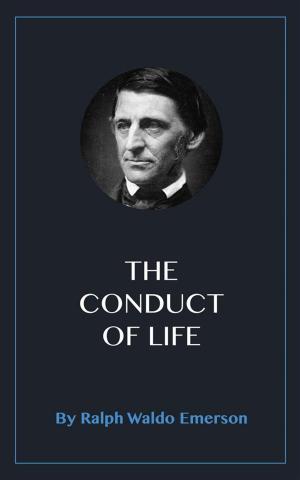Tao of Thanks: A Poet’s Tao Te Ching
Nonfiction, Religion & Spirituality, Eastern Religions, Taoism, Health & Well Being, Self Help, Self Improvement| Author: | Thanks Always Returns | ISBN: | 9781311021786 |
| Publisher: | Thanks Always Returns | Publication: | February 27, 2015 |
| Imprint: | Smashwords Edition | Language: | English |
| Author: | Thanks Always Returns |
| ISBN: | 9781311021786 |
| Publisher: | Thanks Always Returns |
| Publication: | February 27, 2015 |
| Imprint: | Smashwords Edition |
| Language: | English |
This Chinese spiritual classic, attributed to the venerated thinker Lao Tzu, is foremost a work of poetry. In Chinese, it rhymes, but verse alone isn’t the beauty of this work. It’s Lao Tzu’s masterful use of metaphor that makes it unique – metaphor that doesn’t translate readily into modern English.
What’s it about? It explicitly tells us that Tao, the natural way of life and the universe, can’t be defined and is describable only by example. Upon reading through the text one sees that Te, often translated as virtue, also is described strictly by example. Along the way there are repeating discussions of Creation, always characterized as both long ago and present, indicating that all things including conscious awareness arise from Tao and possess Te. Lao Tzu demonstrates Te to take several of what seems a wide variety of forms. The idea that there are further, unmentioned forms of Te may explain why most English renditions of this foundational spiritual text make no mention of such foundational spiritual concepts as grace, value, and thankfulness. The intended ancient Chinese audience may have realized these concepts to be implicitly included in Te. For the contemporary reader, who can benefit from a sense of where these concepts fit into the picture, Tao of Thanks is truly about thanks.
To further clarify the poetry’s shades of meaning, this rendition updates a number of archaic allusions and usages that might otherwise confuse the reader unfamiliar with the low-tech life of Lao Tzu’s day. The examples given here, from the real world of today, intend to convey meanings similar to those conveyed to the ancient Chinese reader by the original examples. Lao Tzu’s timeless points deserve no less than total clarity, which an adherence to a literal term-by-term interpretation must necessarily give up. Poetry can’t fully cross the multiple barriers of culture, language, and centuries without reinterpretation. To keep all of its deeper meaning intact, understandable, and succinct is to be ideally true to it. How close to that ideal are the verses here? One can do but one’s best.
From the start, Lao Tzu’s poetry reveals an ongoing tension, a give and take between opposites. From a higher perspective this resolves as a unified cycle underlying all things. Both the give and take and their union are demonstrated throughout, by example, to be Tao itself. That awareness and intuition can be identified with this interplay is a repeating metaphor, made explicit here. While the original likely intended this metaphor to be clear by context and implication, the contemporary reader will appreciate the reminders of this metaphor given here as an aid to recognizing it. The work as a whole metaphorically demonstrates that awareness, when cultivated, reveals Tao and its practical significance to the intuitive. What truer purpose can there be, in poetry and life, than comprehension of the world?
This Chinese spiritual classic, attributed to the venerated thinker Lao Tzu, is foremost a work of poetry. In Chinese, it rhymes, but verse alone isn’t the beauty of this work. It’s Lao Tzu’s masterful use of metaphor that makes it unique – metaphor that doesn’t translate readily into modern English.
What’s it about? It explicitly tells us that Tao, the natural way of life and the universe, can’t be defined and is describable only by example. Upon reading through the text one sees that Te, often translated as virtue, also is described strictly by example. Along the way there are repeating discussions of Creation, always characterized as both long ago and present, indicating that all things including conscious awareness arise from Tao and possess Te. Lao Tzu demonstrates Te to take several of what seems a wide variety of forms. The idea that there are further, unmentioned forms of Te may explain why most English renditions of this foundational spiritual text make no mention of such foundational spiritual concepts as grace, value, and thankfulness. The intended ancient Chinese audience may have realized these concepts to be implicitly included in Te. For the contemporary reader, who can benefit from a sense of where these concepts fit into the picture, Tao of Thanks is truly about thanks.
To further clarify the poetry’s shades of meaning, this rendition updates a number of archaic allusions and usages that might otherwise confuse the reader unfamiliar with the low-tech life of Lao Tzu’s day. The examples given here, from the real world of today, intend to convey meanings similar to those conveyed to the ancient Chinese reader by the original examples. Lao Tzu’s timeless points deserve no less than total clarity, which an adherence to a literal term-by-term interpretation must necessarily give up. Poetry can’t fully cross the multiple barriers of culture, language, and centuries without reinterpretation. To keep all of its deeper meaning intact, understandable, and succinct is to be ideally true to it. How close to that ideal are the verses here? One can do but one’s best.
From the start, Lao Tzu’s poetry reveals an ongoing tension, a give and take between opposites. From a higher perspective this resolves as a unified cycle underlying all things. Both the give and take and their union are demonstrated throughout, by example, to be Tao itself. That awareness and intuition can be identified with this interplay is a repeating metaphor, made explicit here. While the original likely intended this metaphor to be clear by context and implication, the contemporary reader will appreciate the reminders of this metaphor given here as an aid to recognizing it. The work as a whole metaphorically demonstrates that awareness, when cultivated, reveals Tao and its practical significance to the intuitive. What truer purpose can there be, in poetry and life, than comprehension of the world?
